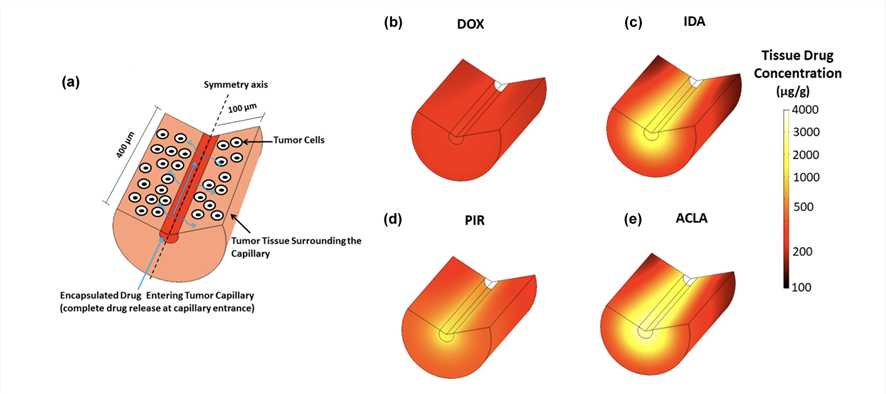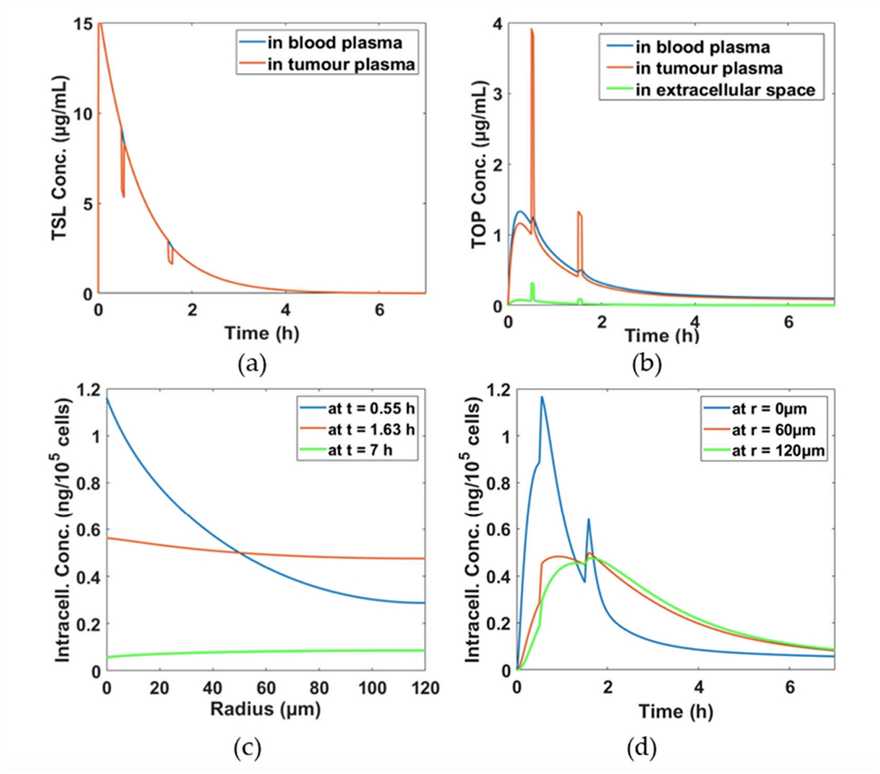Antibody-Thermosensitive Liposome Production Service
Creative Biolabs adheres to the highest standards of quality assurance and regulatory compliance throughout every stage of antibody-thermosensitive liposome production. Our streamlined workflows ensure that your project progresses smoothly from the initial design phase through to the final product, significantly reducing turnaround times without compromising quality. Whether you require custom antibody conjugation techniques, thermosensitive liposome modification, or stability assessments, we can craft a bespoke solution that aligns with your goals.
Introduction
Thermosensitive liposomes are a specialized drug delivery system characterized by their ability to release drugs at specific temperatures. They are typically composed of phospholipids and other materials (such as thermosensitive substances) that undergo physical or chemical changes at certain temperatures, leading to alterations in the liposomal membrane structure and promoting drug release. By controlling external temperatures, drugs can be released at specific sites (such as tumor tissues), enhancing therapeutic efficacy. Based on variations in their materials and structures, Creative Biolabs has categorized thermosensitive liposomes into several types:
Polymer-Modified Thermosensitive Liposomes: These liposomes are created by combining polymers, such as polyvinyl alcohol (PVA) or polyethyleneimine (PEI), with lipids to enable drug release at specific temperatures.
Phase-Change Thermosensitive Liposomes: Utilizing phase-change materials like polylactide-co-caprolactone (PCL), these liposomes can transition between solid and liquid states at body temperature, thereby regulating drug release.
Lipopeptide-Based Thermosensitive Liposomes: These liposomes incorporate lipopeptides into their membranes, allowing them to alter their conformation at certain temperatures, which affects drug release.
Natural and Synthetic Thermosensitive Liposomes: Made from natural lipid sources (such as lecithin) or synthetic lipids (such as phospholipids), these thermosensitive liposomes respond to temperature changes.
 Fig.1 Thermosensitive Liposome-based Drug Delivery.1,3
Fig.1 Thermosensitive Liposome-based Drug Delivery.1,3
Services
Thermo-sensitive liposomes are a type of nanocarrier that can alter their structure or release their payload under specific temperature conditions. Creative Biolabs employs cutting-edge technology to develop heat-sensitive liposomes to meet the unique requirements of worldwide clients. We offer a comprehensive range of services that includes lipid selection and characterization, as well as optimizing packaging efficiency. Furthermore, By integrating the targeting capabilities of antibodies with the controlled release properties inherent in heat-sensitive liposomes, we have established a robust therapeutic strategy. Our coupling services enhance the incorporation of antibodies into liposomes, thereby improving drug delivery specificity. This innovative methodology enables us to reduce off-target effects while maximizing therapeutic concentrations at the designated site of action.
 Fig.2 Spatio-temporal Distributions Analysis of Thermosensitive Liposomes And Topotecan.2,3
Fig.2 Spatio-temporal Distributions Analysis of Thermosensitive Liposomes And Topotecan.2,3
Process
Currently, we typically use temperature-sensitive liposomes in the process of antibody conjugation, which usually involves the following steps:
STEP1: Liposome Preparation
Choose appropriate lipid materials (such as phospholipids and cholesterol) and prepare the necessary solvents (such as chloroform).
Dissolve the phospholipids and cholesterol in chloroform, then remove the solvent through rotary evaporation to form a thin film.
Resuspend the film using saline or buffer solutions to obtain liposomes in the solution.
STEP2: Adjustment of Temperature-Sensitive Properties
Add temperature-sensitive polymers (such as poly(N-isopropyl acrylamide) and others) to regulate the stability and release properties of the liposomes at specific temperatures.
STEP3: Antibody Modification
Activate the amino groups of the antibody through chemical methods (such as EDC/NHS coupling) to facilitate conjugation with the liposomes.
Introduce the activated antibody to the temperature-sensitive liposomes, optimizing the reaction conditions (temperature) to ensure effective binding between the antibody and liposomes.
STEP4: Liposome Purification
Employ methods such as dialysis, ultrafiltration, or chromatography to eliminate unbound antibodies, resulting in successfully conjugated temperature-sensitive liposomes.
STEP5: Performance Assessment
Assess the biological activity of the conjugated antibodies to ensure they exhibit good binding capacity and biocompatibility.
Creative Biolabs comprises seasoned scientists with extensive experience in both antibody engineering and liposome formulation. Our comprehensive services are designed to help you navigate the complexities of antibody-thermosensitive liposome development, and we invite you to discover how we can elevate your projects. We would love to collaborate with you. Please contact us to discuss your needs.
- Haemmerich, Dieter, Krishna K. Ramajayam, and Danforth A. Newton. "Review of the delivery kinetics of thermosensitive liposomes." Cancers 15.2 (2023): 398.
- Huang, Yu, et al. "Thermosensitive liposome-mediated drug delivery in chemotherapy: Mathematical modeling for spatio-temporal drug distribution and model-based optimization." Pharmaceutics 11.12 (2019): 637.
- Distributed under Open Access license CC BY 4.0, without modification.
For research use only. Not intended for any clinical use.
This site is protected by reCAPTCHA and the Google Privacy Policy and Terms of Service apply.



